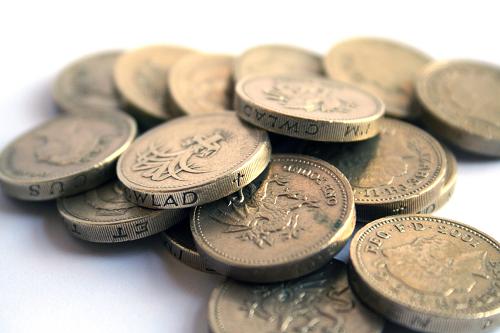There are a whole range of factors which will cause high(er) fuel consumption. Some of the factors play a large part and some not so much, ranging from total distance travelled, to driving style and vehicle maintenance.
However, the fact remains that fuel consumption can be significantly reduced by following the tips & tricks we outline in the coming days and weeks.
1. Distance Travelled
It sounds obvious, but the further you travel the more fuel is used. So with the average commute now taking 200 hours per year and a general reliance on our cars to get to the about, fuel consumption is directly related to how far you travel.This is the number one method to save real money, either by combining journeys or reducing the amount of driving you do. Look out for ‘5 Ways to Realistically Reduce Driving Distance’.
2. Driving Style
Inefficient driving styles result in poor fuel efficiency, which ultimately leads to higher fuel consumption. A few changes to your driving style could provide a really noticeable difference and a very important method of reducing your fuel consumption. There are a number of ways to improve your fuel efficiency (MPG), including:- Avoid heavy braking.
- Driving at the most efficient speed.
- Adopt a smooth driving style.
- Plus many more...
Follow us on Twitter or Facebook, where we’ll be sharing daily driving style tips, starting on Monday 23rd January. Also stay tuned for our
3. Vehicle Drag & Air Resistance
A motor car is designed to carve a path through the air, minimising the effect of air resistance. The greater the air resistance, the greater the power required to accelerate and maintain speed on the road. Aerodynamic shape can be hampered in a number of ways, including open windows, a roof rack or anything else which restricts the flow of air across your car.Correctly inflated tyres also play an important role, in minimising drag of the road surface on the vehicle. Optimally inflated tyres will run more smoothly on the road surface and reduce the effort required (by the engine) to accelerate and maintain speed.
4. Vehicle Age & Maintenance
For optimum engine performance, it is crucial to follow the manufacturer’s recommended service schedule. Clean, fresh oil and new air filters, are just a couple of ways of ensuring optimal performance of the engine.That said, engine wear and tear will naturally reduce fuel efficiency over the life cycle of the vehicle. Prevention is difficult, other than to consider the purchase of a new car. Vehicle manufacturers are continually striving to produce more fuel efficient engines, so it might be time to consider a newer model.
5. Electrical devices
The electrical systems in your car include the car stereo, air conditioning, electric windows, windscreen wipers & lights. All of the electrical systems require power from the car battery. To recharge the battery, the alternator uses power from the engine to replenish the lost battery voltage, which adds up to increased fuel consumption.Whilst it’s impossible to stop using your wipers in the rain or your lights in the dark, it might be possible to reduce your overall usage of electrical systems. The overall impact on fuel consumption might be small, but it’s a combination of the factors discussed above which will produce the greatest benefit.







